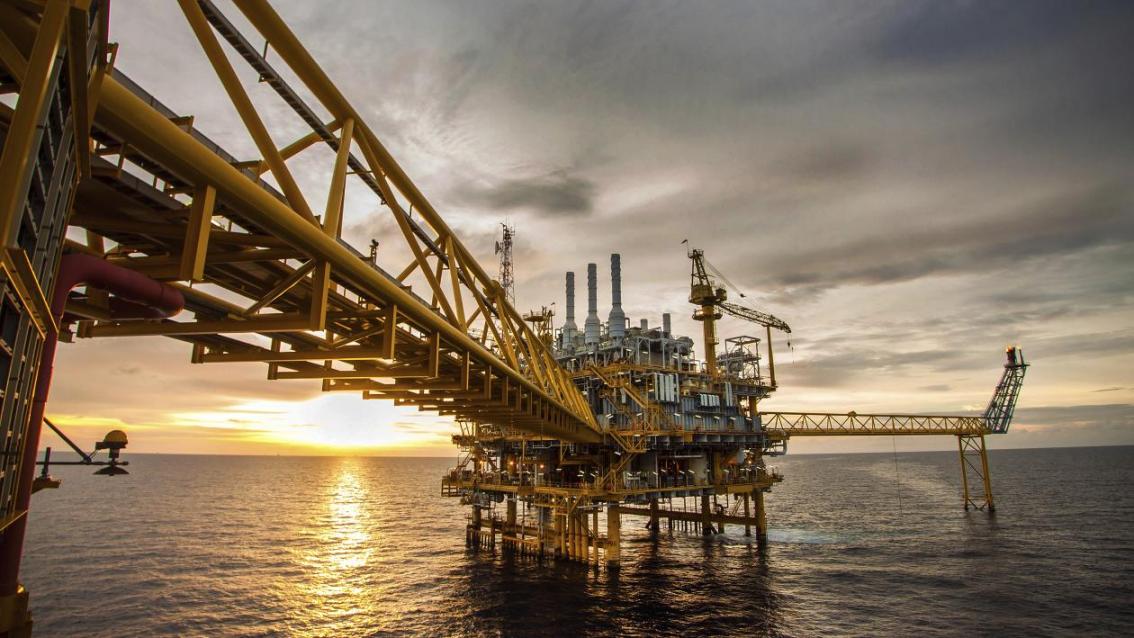Holding 10 percent of the world’s known oil reserves, Iran is considered a lucrative market for international companies. However, the current legal framework for foreign participation in major energy projects is said to be unattractive for international companies, prompting the government to revise the framework.
Buyback agreements, currently utilized in Iran's oil and gas industry, are essentially service contracts under which the contractor is paid back by being allocated a portion of the output as a result of the services provided.
The payback period tends to be short, ranging between five to seven years, after which a developed field will be handed over to the National Iranian Oil Company (NIOC). Buyback schemes are based upon a defined scope of work, a capital cost ceiling, a fixed remuneration fee and a defined cost recovery period.
The buyback model has been revised three times since it was first introduced in 1994, and yet it has remained widely unpopular with international oil companies due to their inflexibility and limited returns. In spite of the advantages of buyback agreements, there are a number of drawbacks that need to be addressed should Iran intend to open up its oil industry to the much-needed foreign investment.
Disadvantages of Buyback
Buyback contracts provide for a fixed rate of return. Although such provisions might be beneficial for foreign partners when oil prices fall, it discourages operating companies from employing enhanced oil recovery methods during a limited period. In a short-term contract, the foreign company is left with little incentive as to employ enhanced recovery methods, which would require years to yield result.
Moreover, since the company considers working in the project for a short and limited period, it is not willing to provide the host country with its state-of-the-art technology. Domestic experts, for their part, would require a longer period to acquire the technical knowledge from their foreign counterparts.
The buyback model is prone to huge potential losses as the foreign company has very limited options to put a ceiling on its capital costs. Long term pre-defined operating targets set at the time of signing the contract do not take account of potential changes in prevailing market conditions. Therefore, the contractor is solely responsible for any unforeseen increases in expenditure even though they are assumed to the benefit of the project.
During development activities, unexpected circumstances might emerge in relation to the reservoir, wells, infrastructure, etc. which necessitate alterations in the original master development plan (MDP). Nevertheless, any overheads surpassing capital expenditures are not reimbursable within the buyback model.
Dr. Mehdi Montazer, a professor of law and legal expert in oil and gas contracts, told the Financial Tribune that under the buyback framework, foreign contractors were “mostly involved in development phases and their contribution in production phases was limited.”
In order to obtain the much-needed investment and technology in the oil and gas industry, a new contractual framework has been drafted to attract strategic and competent companies. The new model, known as the Iran Petroleum Contract (IPC), aims to attract foreign capital, services, know-how and technology, integrate the exploration, development, and production phases, and reduce the investment risks, by offering more flexibility in investment costs.
Tried and Tested Arrangements
Iran has invited international oil companies with experience and sufficient knowledge on the drawbacks of oil and gas projects, to advise the authorities on drafting the new model. Contractual frameworks of 33 countries were studied, and after more than 2,000 hours of investigation on all aspects, the new IPC was drafted, according to Seyed Mehdi Hosseini, head of Oil Contracts Revision Committee at the National Iranian Oil Company.
The IPC, inter alia, proposes conditions “similar to the tried and tested production-sharing agreements in the UAE and Iraqi Kurdistan,” according to Adrian Creed and Amir Kordvani of the London-based Clyde & Co. law firm.
Firstly, there will be no specified rate of return on invested capital in the IPC, according to Hosseini. Both the NIOC and the contractor will estimate the rate, and once consensus over the rate of return is reached, investment will begin.
Unlike the short expiry of the buybacks, the IPC model will offer extended contract duration of 20-25 years, allowing for much longer cost recovery after first production. This would allow foreign companies a greater level of certainty and incentive to invest large sums.
"In the IPC model, foreign contractors will be equally involved in production and recovery phases," said Montazer, who now advises the Rouhani administration on oil contracts. "The new contracts will allow investors to be involved in production, giving them far greater control and certainty over long-term revenue, while foreign ownership of oil resources is barred."
Rewarding Risk
This modification seeks to address issues with field decline rates by including the international oil companies in the production while optimizing technology and knowledge transfers.
Additionally, there will be a risk-reward element linked to the complexity of fields that pays companies higher fees for ‘very high risk’ on - and offshore fields compared with ‘low-risk onshore’ fields. "Although the IPC provides more flexibility, provisions concerning the amount of risks to be taken by contractors have remained largely the same," Montazer added.
Priority has also been given to the development of joint fields, e.g. the remaining phases of the South Pars gas field shared between Iran and Qatar. To provide incentives for foreign investment in these joint fields, international companies will be remunerated at higher rates under the IPC model.
In sum, the main advantages of the IPC model include integrating the exploration and production phases, helping Iranians achieve enhanced capacity, maintenance and reserve recovery, attracting foreign capital, services, know-how and technology, establishing long term relations with foreign partners; and reducing investment risks by offering more flexibility in investment costs.
The introduction of the IPC marks a turning point in the way the oil and gas industry, Iran’s main source of hard currency, can acquire the much-needed know-how and technology to develop its vast energy resources. The IPC will be unveiled at a London seminar in September after the long-awaited final nuclear agreement between Iran and the six global powers slated for June 30, in which up to 50 projects estimated at $40 billion are to be offered.



